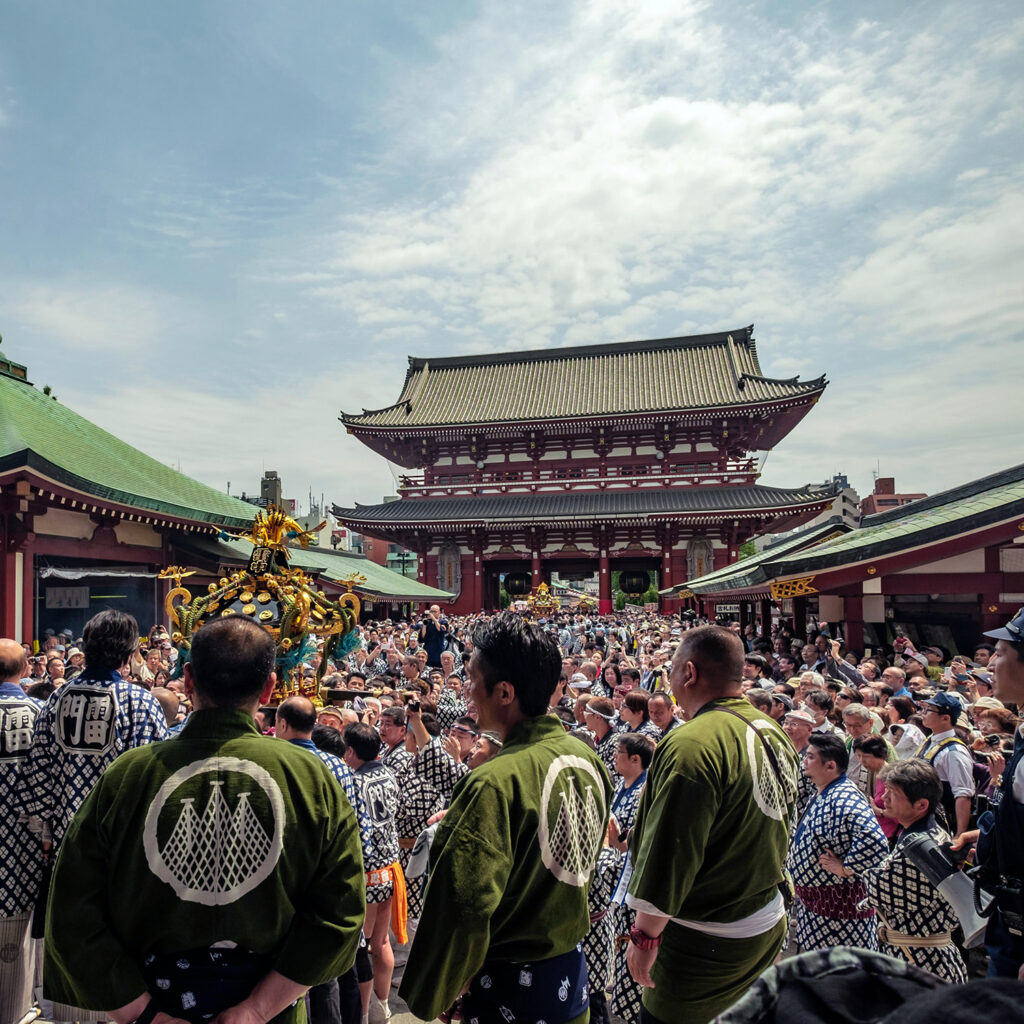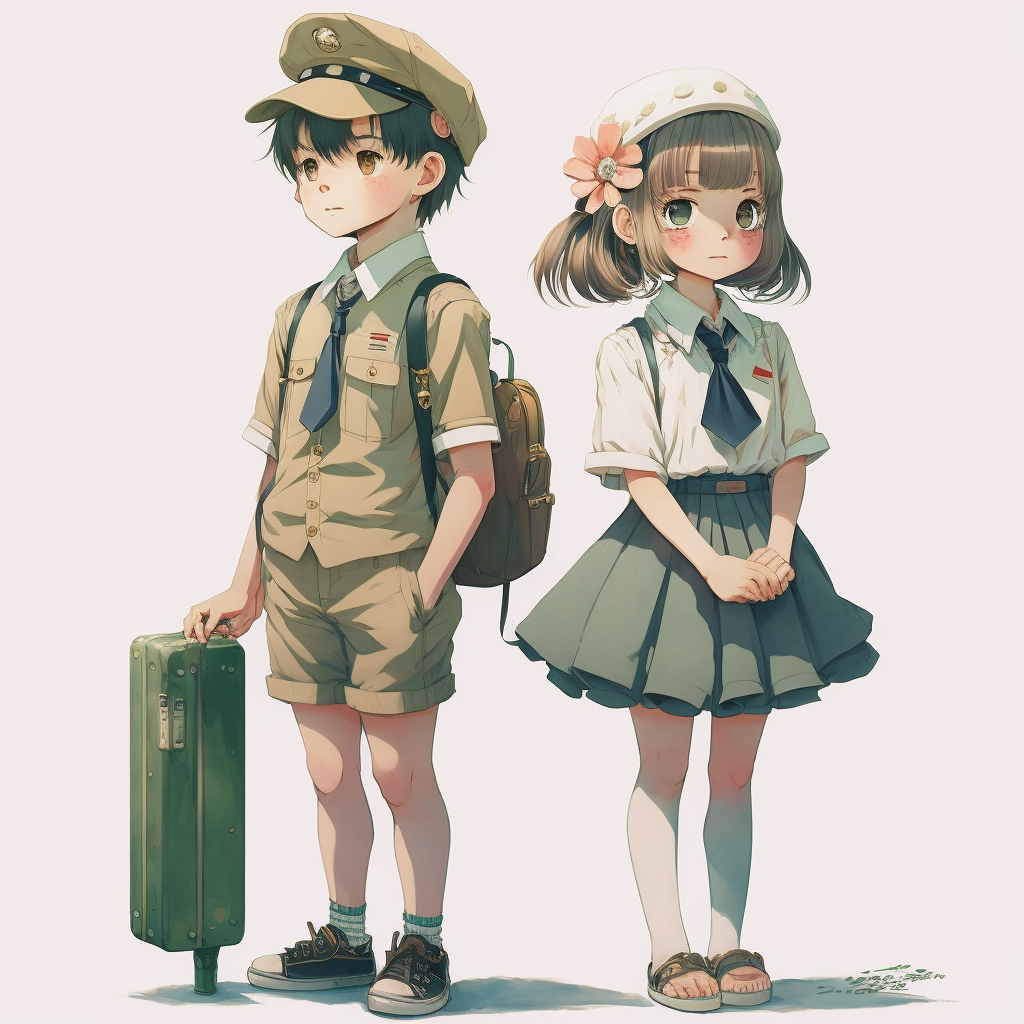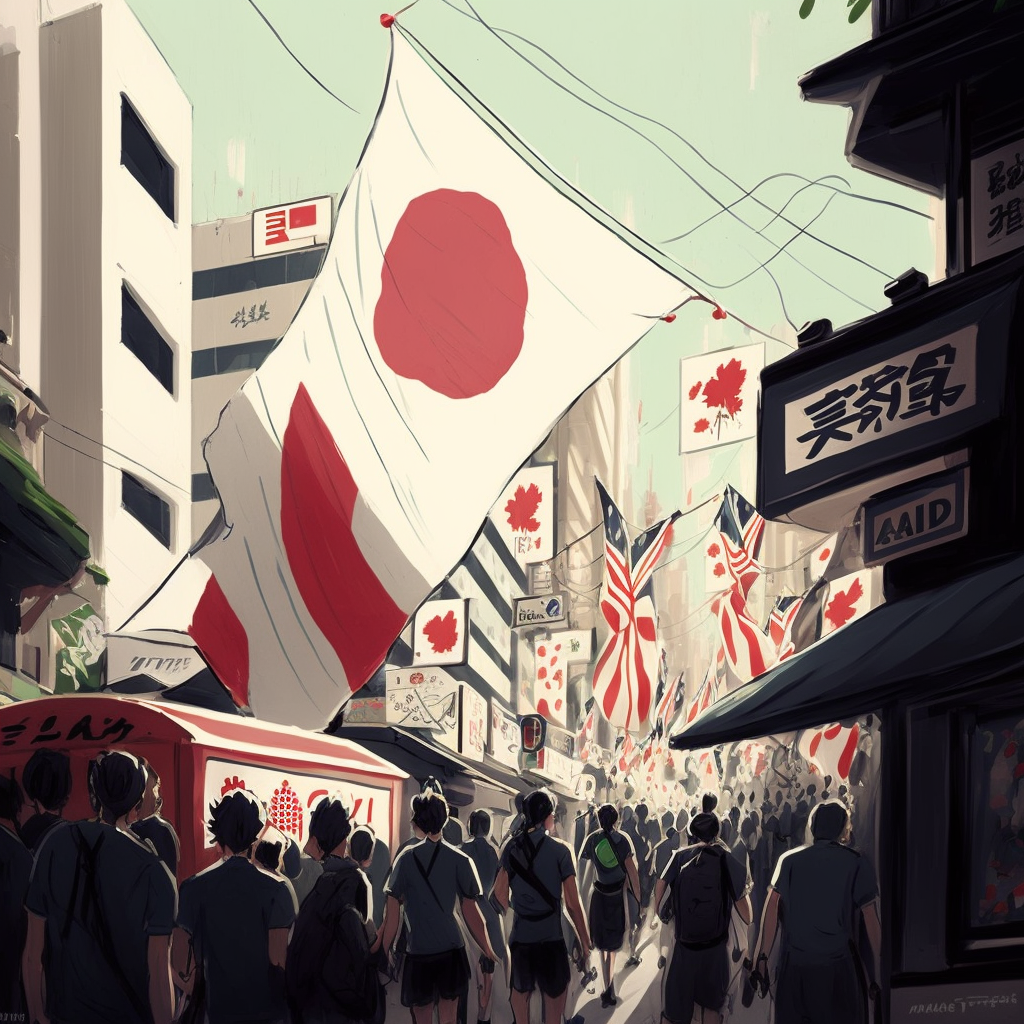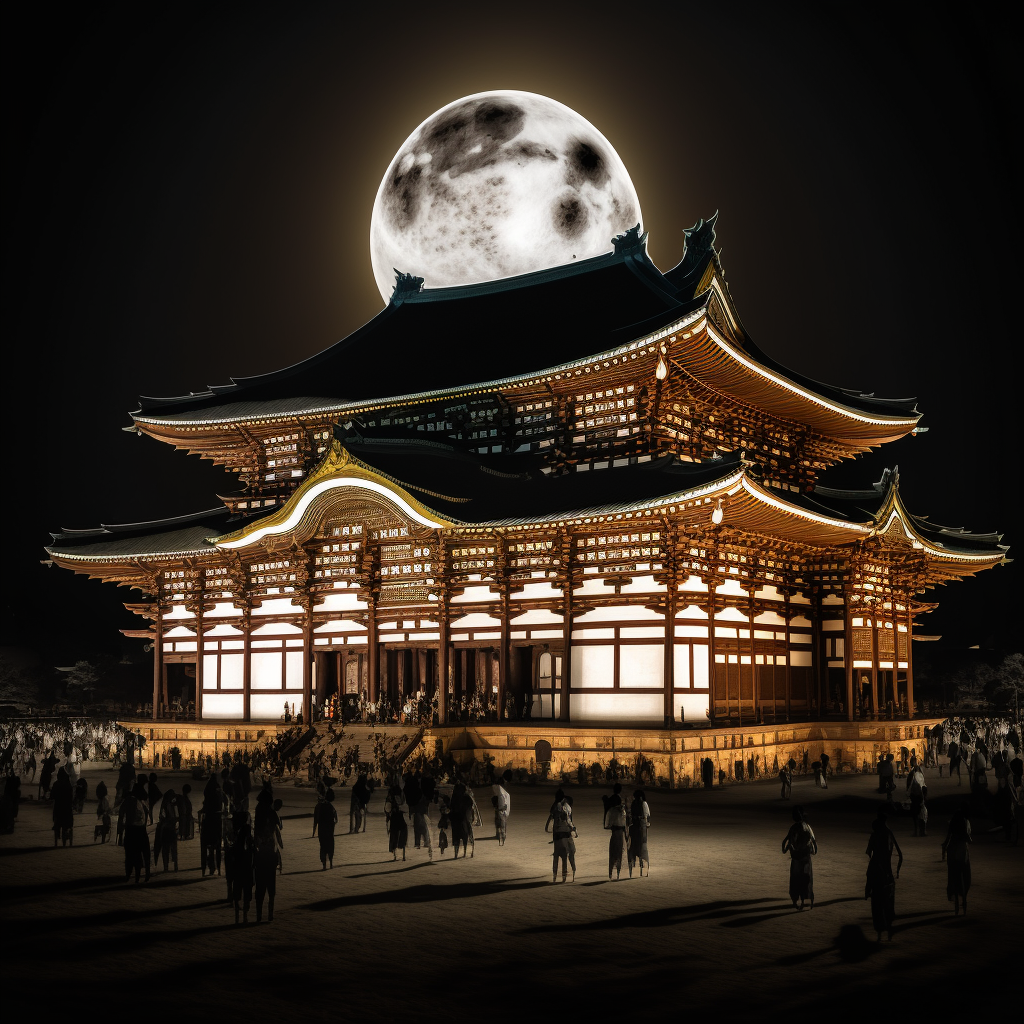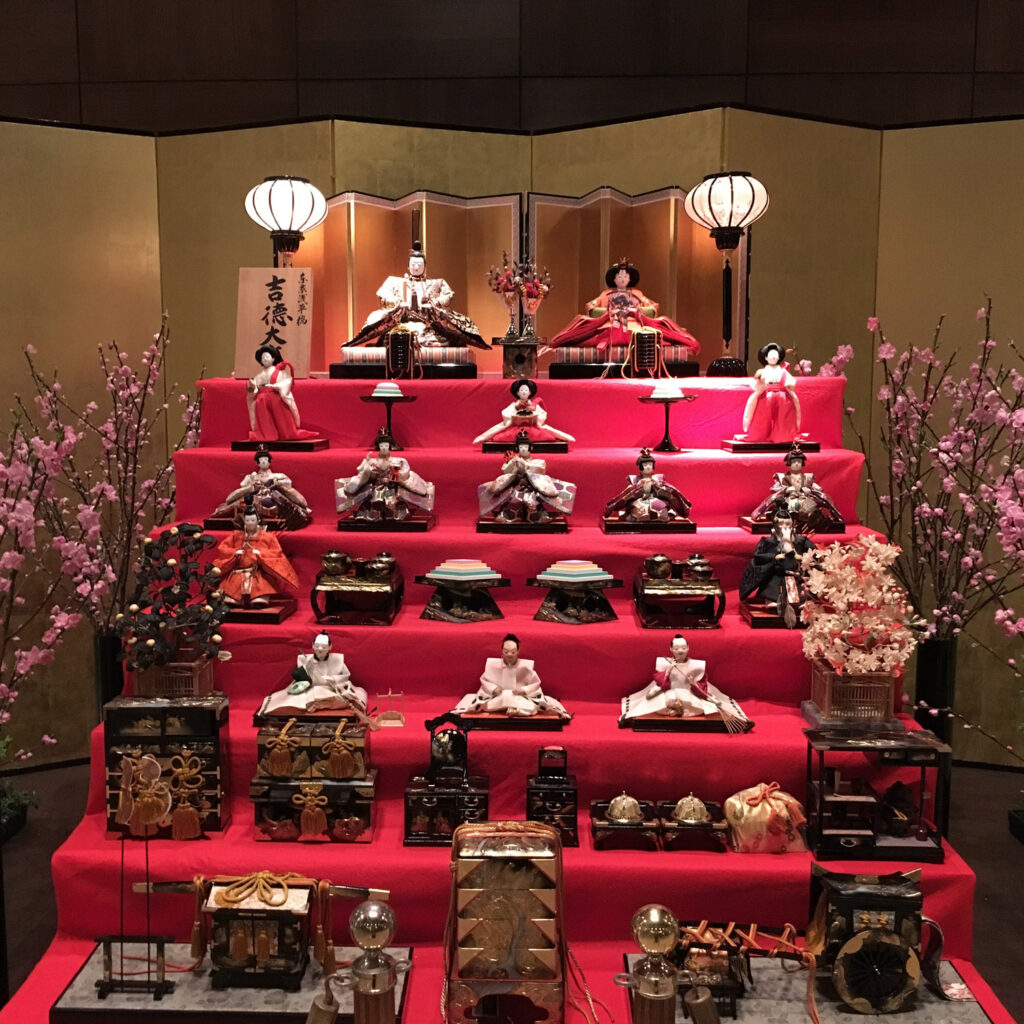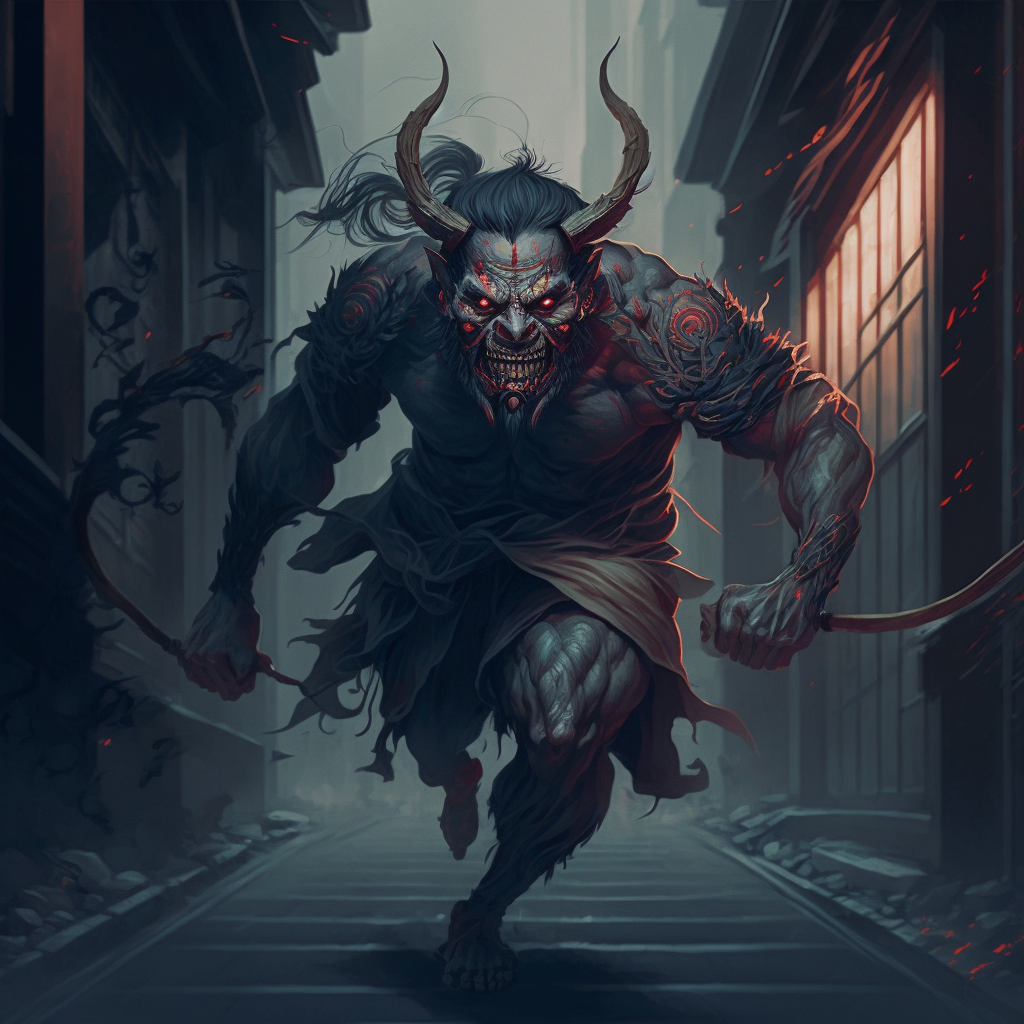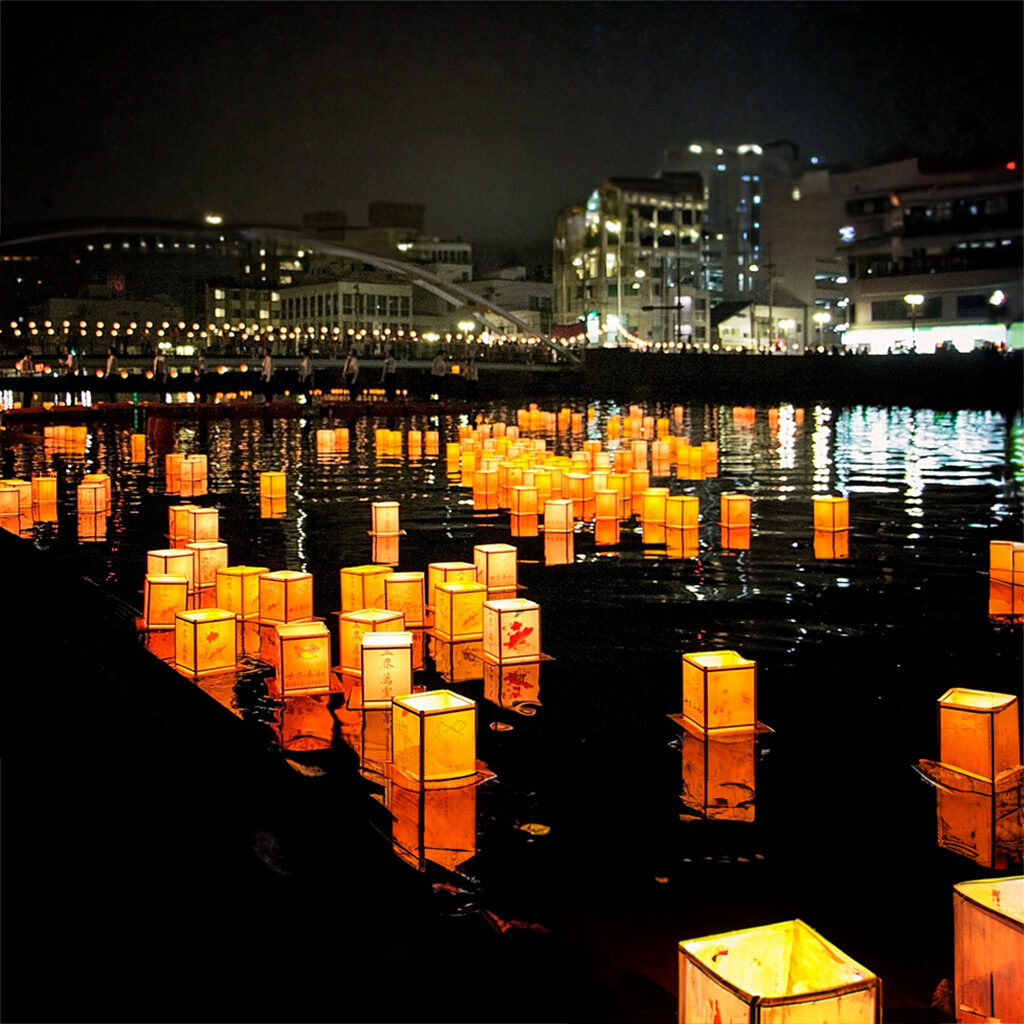The Sanno Matsuri: A major celebration of Tokyo
The Sanno Matsuri, also called Sanno Festival, is one of the largest Shinto festivals in Tokyo, alongside Fukagawa Matsuri and Kanda Matsuri. This festival takes place every year in mid-June. But the main parade, called jinkosai or Shinkosai, takes place every two years in mid-June, only in odd years. The main parade: jinkosai or Shinkosai …

